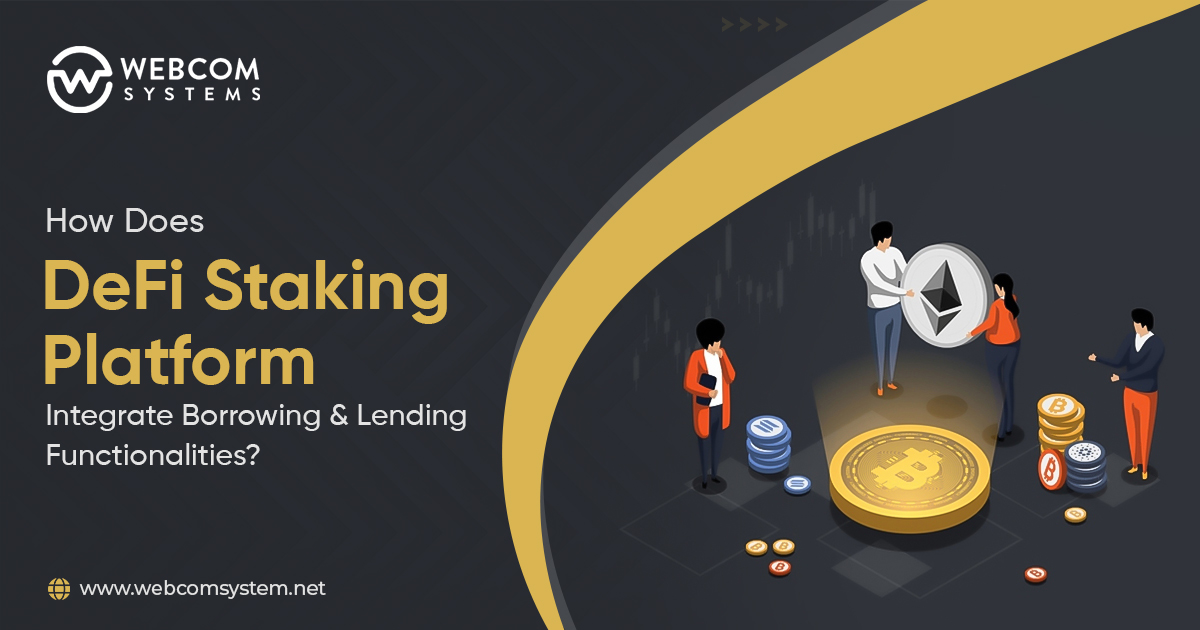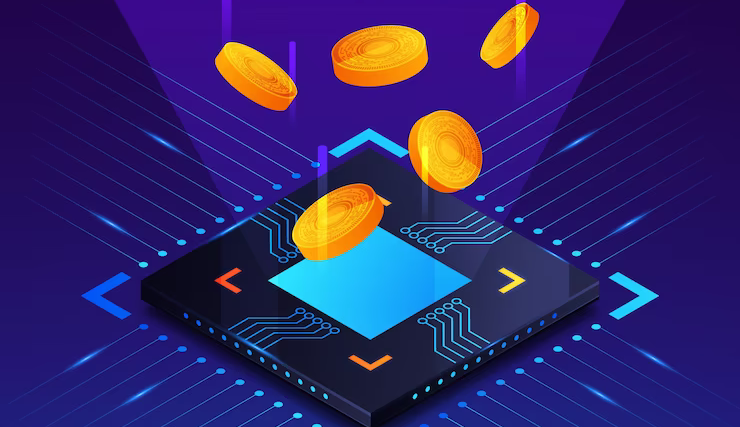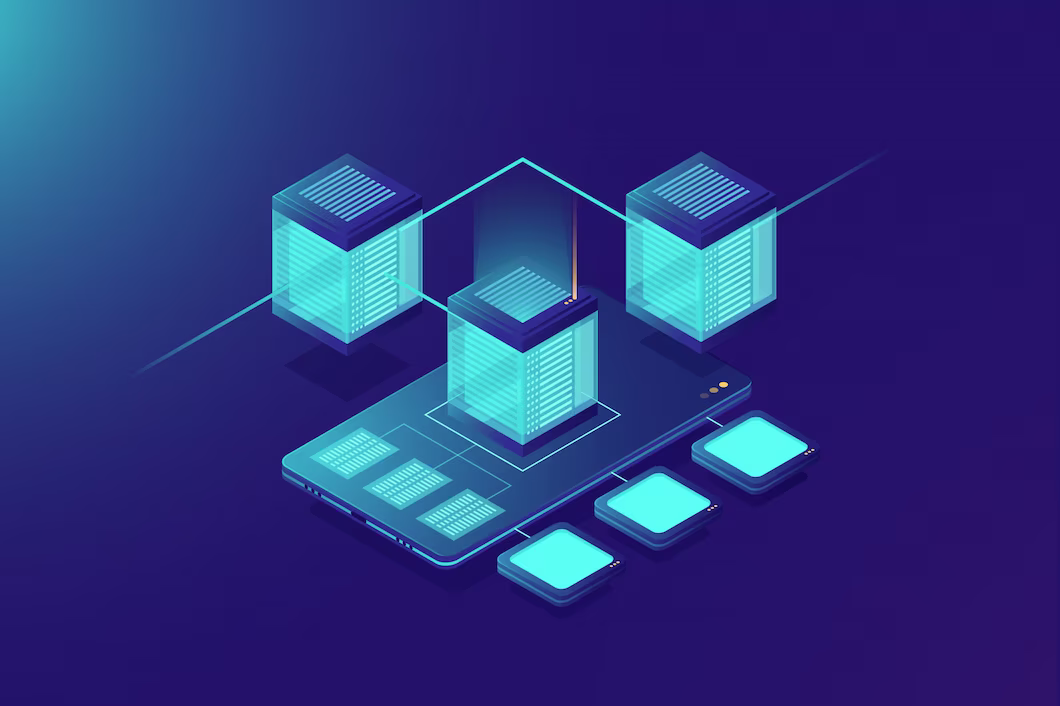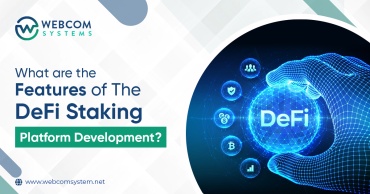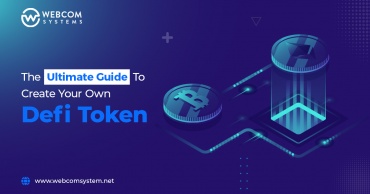DeFi staking provides an opportunity for crypto owners to earn passive income, enhance network security, have sovereign control of their assets, earn higher potential returns, and lower barriers to entry.
Integrating borrowing and lending functionalities in DeFi staking platforms is important for increasing liquidity, providing flexibility, promoting decentralized finance, promoting access and inclusion, and increasing adoption. It’s important to note that there are also some risks associated with DeFi staking, such as smart contract vulnerabilities and market volatility, which should be considered before investing.
In this article, we will explore How does DeFi staking platform integrates borrowing and lending functionalities
Understanding DeFi Staking:
Decentralized finance (DeFi) is an ecosystem of financial applications based on blockchain technology that operates without any third-party or central administration intervention. It aims to provide an open-source, transparent, and permissionless financial service environment. DeFi staking is a practice that allows users of Decentralized Finance (DeFi) platforms to act as validators for transactions and earn rewards.
How to Get Started with DeFi Staking and Lending
To get started with DeFi staking, here are the key steps:
- Choose a DeFi Staking Platform: Select a platform that supports staking and offers the assets you want to stake.
- Set Up a Wallet: Create a cryptocurrency wallet that is compatible with the staking platform. Ensure it supports the specific tokens you intend to stake.
- Deposit Tokens: Transfer your desired tokens to your wallet. These tokens will be locked into a smart contract and used for staking.
- Select Staking Option: Choose the staking option provided by the platform. This could involve selecting a specific staking pool, validator, or staking duration.
- Confirm and Stake: Follow the platform’s instructions to confirm the staking transaction. Once confirmed, your tokens will be locked, and you will start earning rewards.
- Monitor and Manage: Keep track of your staking activity, rewards, and any changes in the staking platform. Some platforms may allow you to compound your rewards or adjust your staking preferences.
Here’s How DeFi staking Works:
- Locking Crypto Assets: Users lock their crypto assets into a smart contract in exchange for becoming a validator in a DeFi protocol.
- Validating Transactions: Validators participate in the validation of transactions and blocks on the Proof-of-Stake network. This contributes to the performance and safety of the blockchain network and enhances network security.
- Earning Rewards: Validators earn rewards for performing the duties required by the role. The rewards can be in the form of additional coins or tokens, which can be used to generate passive income.
Methods of Integrating Borrowing and Lending in DeFi Staking Platforms
To integrate borrowing and lending functionalities in a DeFi staking platform, the following steps can be taken:
- Smart Contract Integration: DeFi staking platforms can integrate smart contracts that allow users to lend or borrow assets directly on the platform. This eliminates the need for intermediaries and promotes direct peer-to-peer transactions.
- Lending Pools: These platforms can also integrate lending pools, where users can add their assets to the pool and ensure quick distribution among borrowers through smart contracts. This allows lenders to earn interest on their assets and borrowers to access funds for various purposes.
- Yield Farming: DeFi staking platforms can also integrate yield farming, which involves lending assets to liquidity pools and earning rewards in the form of additional tokens or coins. This allows users to earn additional income on their holdings while contributing to the liquidity of the platform.
- Decentralized Exchange Integration: These staking platforms can also integrate with decentralized exchanges (DEXs) to allow users to borrow and lend assets directly on the exchange. This promotes direct peer-to-peer transactions and eliminates the need for intermediaries.
- Tokenization: DeFi staking platforms can also tokenize assets, allowing users to lend or borrow tokens directly on the platform. This promotes flexibility and enables users to optimize their investment strategies.
DeFi Staking Platform Benefits
DeFi staking offers several benefits, including:
- Passive Income: DeFi staking provides an opportunity for crypto owners to earn passive income on their holdings. By staking their cryptocurrency tokens and locking them into smart contracts, they can earn interest on their investment and governance tokens.
- Enhanced Network Security: It contributes to the performance and safety of the blockchain network by verifying transactions and participating in governance. This enhances network security and ensures the integrity of the blockchain.
- Sovereign Control of Assets: It also allows users to have sovereign control of their assets and participate in governance decisions. This provides greater control and transparency over their investments.
- Higher Potential Returns: DeFi staking offers higher potential returns compared to traditional finance models. This makes it an attractive investment option for those looking to earn a substantial return on their holdings.
- Lower Barriers to Entry: DeFi staking has lower barriers to entry compared to traditional finance models, making it accessible to a wider range of investors.
The Bottom Line
Integrating borrowing and lending functionalities in DeFi staking platforms enhances liquidity, provides flexibility, aligns with decentralized finance principles, promotes access and inclusion, and offers additional income opportunities. It’s important to note that users should carefully assess the risks associated with borrowing and lending, such as smart contract vulnerabilities and market volatility, before participating in these activities.
Webcom Systems is a software development company that offers DeFi staking platform development services. We help in integrating borrowing and lending functionalities in DeFi staking platforms through smart contract integration, decentralized exchange integration, and tokenization. These functionalities enhance the overall functionality and benefits of the platforms, including increased liquidity, flexibility, and enhanced returns. By integrating borrowing and lending functionalities, DeFi staking platforms offer users the opportunity to earn additional income through lending their assets, while borrowers can access funds for various purposes.
Recommended Read: How Blockchain Technology is Transforming Supply Chain Finance

